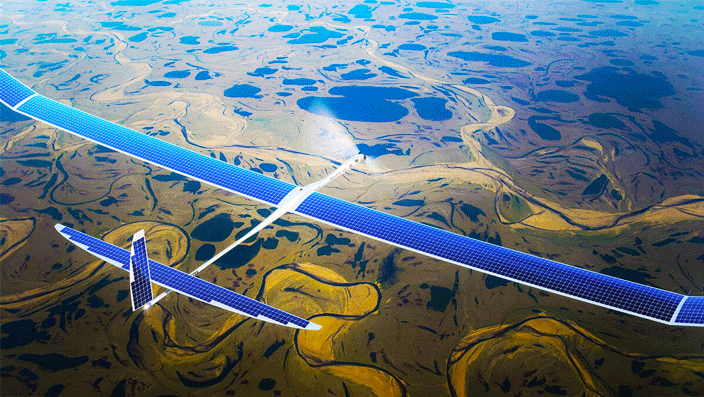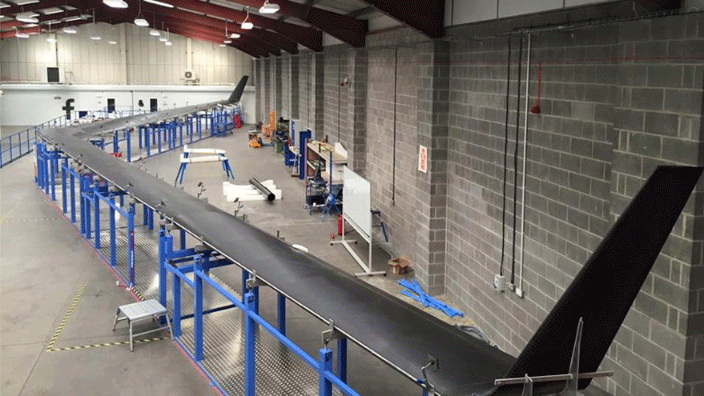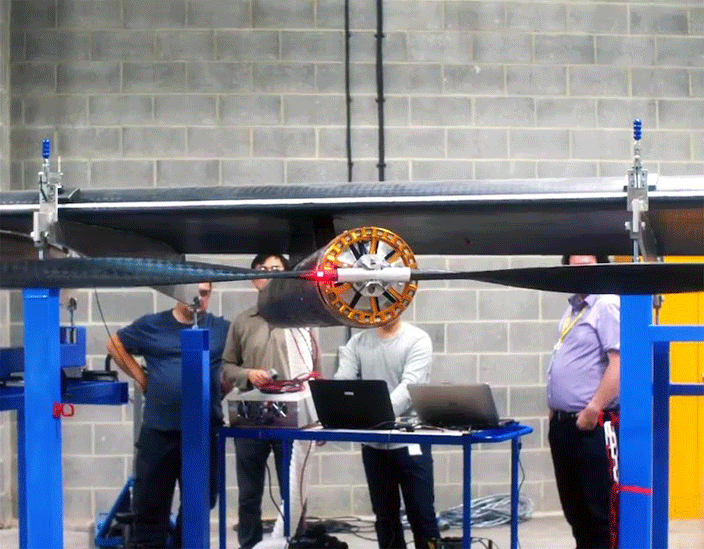Facebook’s WiFi Drones

Image credits: http://europe.newsweek.com/google-tests-solar-powered-internet-drones-421561?rm=eu
First things first. Facebook would like you not to call them drones, even though that’s the popular name they’ve been given. The engineering director of the company’s engineering lab, Yale Maguire, says the aircraft which Facebook plans to use to eventually provide WiFi to nearly two-thirds of the world’s population should be called planes, because that’s what they really are.

Image credits: http://www.nytimes.com/2015/07/31/technology/facebook-drone-project-is-a-step-closer-to-flight.html?_r=0
But the first drone in the Facebook fleet, a solar-powered, unmanned aircraft known as "Aquila," isn’t exactly what we visualize when we talk about contemporary planes. Built over a 14-month period in Britain, Aquila is about the size of a 737 but only weighs about three thousand pounds, about one-third as much as a Prius. Much of the difference between Aquila’s weight and that of a traditional airplane is due to the fact that the aircraft uses light carbon fiber material for wings, and won’t use jet engines to take off or land. Instead, it will be flown into the stratosphere to an altitude of more than 60,000 feet by a giant balloon. It will hover there for three months, operating without interruption and powered by solar panels, an electric motor and batteries, before gliding back to Earth on its own.

Image credits: http://venturebeat.com/2015/07/30/facebooks-new-massive-drone-will-beam-the-internet-down-to-developing-countries/
Facebook and its partners (which include companies like Samsung and Qualcomm) hope that a fleet of these planes will one day provide connectivity at ten gigabits per second – on a par with fiber optic service currently available in America – to the billions of people currently without Internet service because they live in remote areas. The firm says it will be able to accomplish that seemingly-impossible task through the use of laser technology, which will allow the streaming of data between drones instead of requiring the enormous infrastructure required to relay all of that data by traditional land-based methods. Maguire describes the concept as "a backbone of the Internet using lasers in the sky."

Image credits: http://arstechnica.com/information-technology/2015/07/facebook-our-drones-will-use-lasers-to-deliver-10gbps-internet-access/
Aquila is now being test-flown, and Facebook plans to begin experimenting with the technology’s effectiveness on a small scale, providing WiFi service to an area with a radius of about 30 square miles. The drone-to-drone system relay won’t be in use, since no other aircraft have even been built for the project yet. Instead, the drone will relay signals to WiFi or LTE networks through small dishes and cell towers built in the test area. Facebook won’t say how long it might be before their grand plan of servicing all of the planet’s unconnected areas can be realistically accomplished; company infrastructure engineering vice president Jay Parikh will only say that this is a program that Facebook will invest in for many years.
Some skeptics have speculated that the company’s ultimate goal is to establish access to only its own site or to sites it chooses. Parikh hasn’t specifically addressed that accusation, but insists that Facebook’s only goal is to set up an infrastructure in the sky and give access to all major carriers, and that Facebook has no plans to be an Internet service provider.



